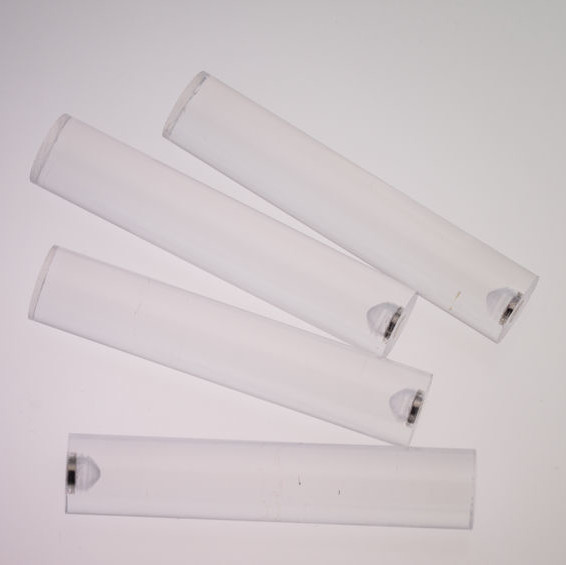
Glass and Brittle Plastics
What are Glass and Brittle Plastics?
Glass and brittle plastics are common materials used in food processing facilities. Unfortunately, this also makes them a contaminant risk.
Brittle plastic is generally defined as a plastic that is made of acrylic and can shatter—that is, break into pieces upon high impact.1 This includes products such as Plexiglas and Lucite. In contrast, non-brittle plastic is made of polycarbonate and does not usually shatter, though it can crack and break.
Relevance and Regulation
The U.S. Code of Federal Regulations (CFR) addresses glass control under “Plant Construction and Design.” This regulation states that “the plant and facilities shall: provide safety-type light bulbs, fixtures, skylights, or other glass suspended over exposed food in any step of preparation or otherwise protect against food contamination in case of glass breakage.”2
CFR also addresses protection against physical contamination, including plastic.
Application
Every food handling and processing facility should have established programs to prevent contamination, including from glass and brittle plastics.
These programs should include the following components:3
- A policy of “no non-essential glass and brittle plastic,” under which the facility recognizes that glass or brittle plastic will be necessary in some cases, but limits their use
- Personnel responsible for approving new ingredients or equipment should evaluate them for non-essential glass or brittle plastic, and substitute another, appropriate material if present
- Develop special handling procedures for essential glass and brittle plastic, such as changing light bulbs
- Any personnel responsible for receiving should be trained in inspecting materials for non-approved glass or brittle plastic, and should be trained on how to respond
- Maintain an inventory of essential glass and brittle plastic used in the facility
- Establish a written procedure on how to respond to a breakage, including cleanup and disposal
- If any ingredients, finished products, or works-in-progress may have been contaminated by the breakage, the affected material must be discarded
- Maintain records of product disposal associated with glass or plastic breakage
Uses that are considered essential may include:
- Overhead and emergency lights
- Forklift headlights
- Light covers
- Windows
- Gauge covers
- Sight glass
- Computer screens
Personal items are often a source of non-essential glass and brittle plastic.
References
- AIB International. “Glass and Brittle Plastic Program.” The AIB GMP and Prerequisite Guide. Accessed 5 Feb. 2018.
- 21 C.F.R. § 110.20 2017.
- AIB International. “Tip of the Week: Facility Fitness.” Food First, 28 July 2017. http://www.aibonline.org/Food-First-Blog/foodfirst/2017/7/25/tip-of-the-week-facility-fitness?rq=glass.%20Accessed%205%20Feb.%202018

